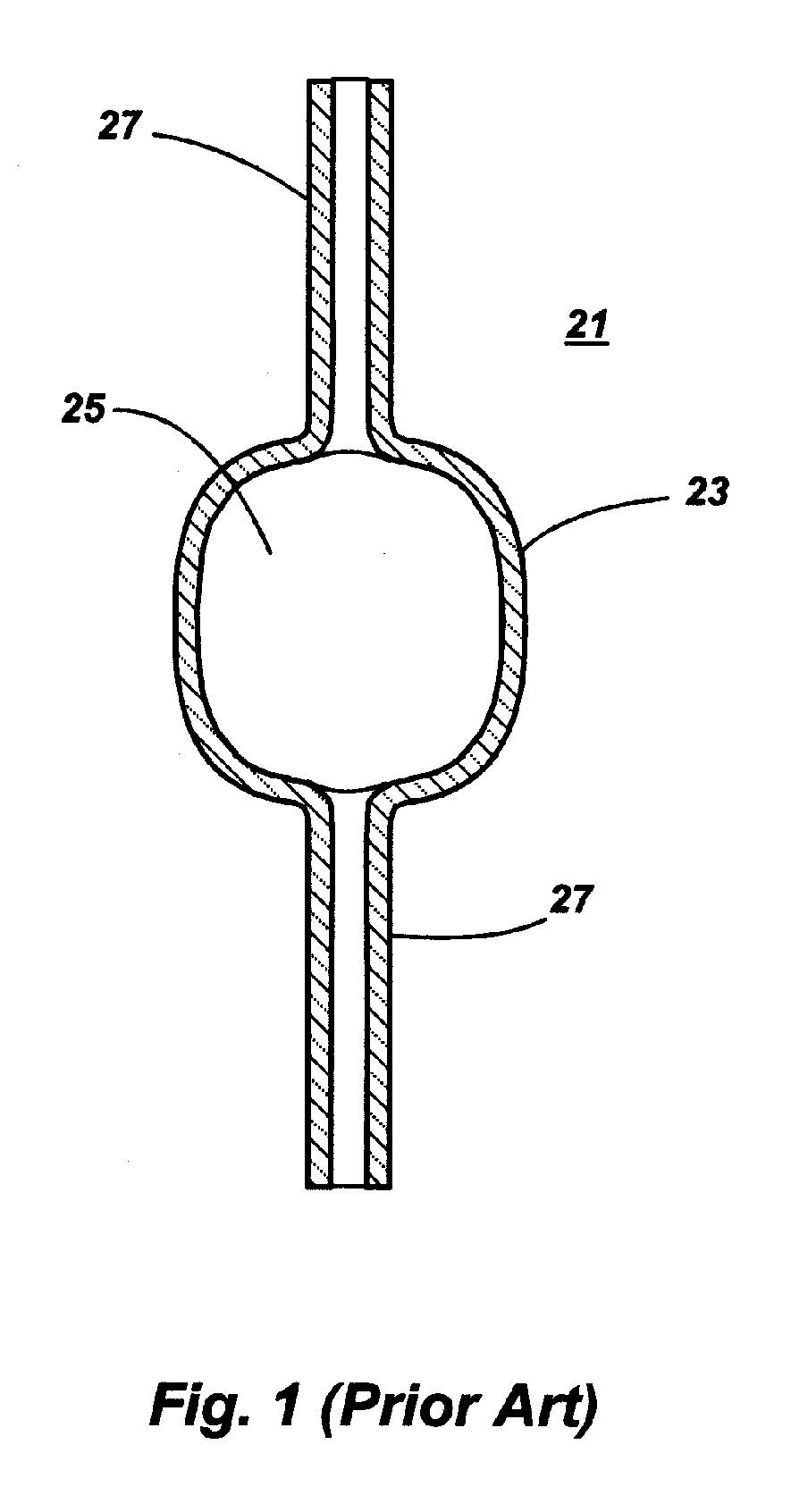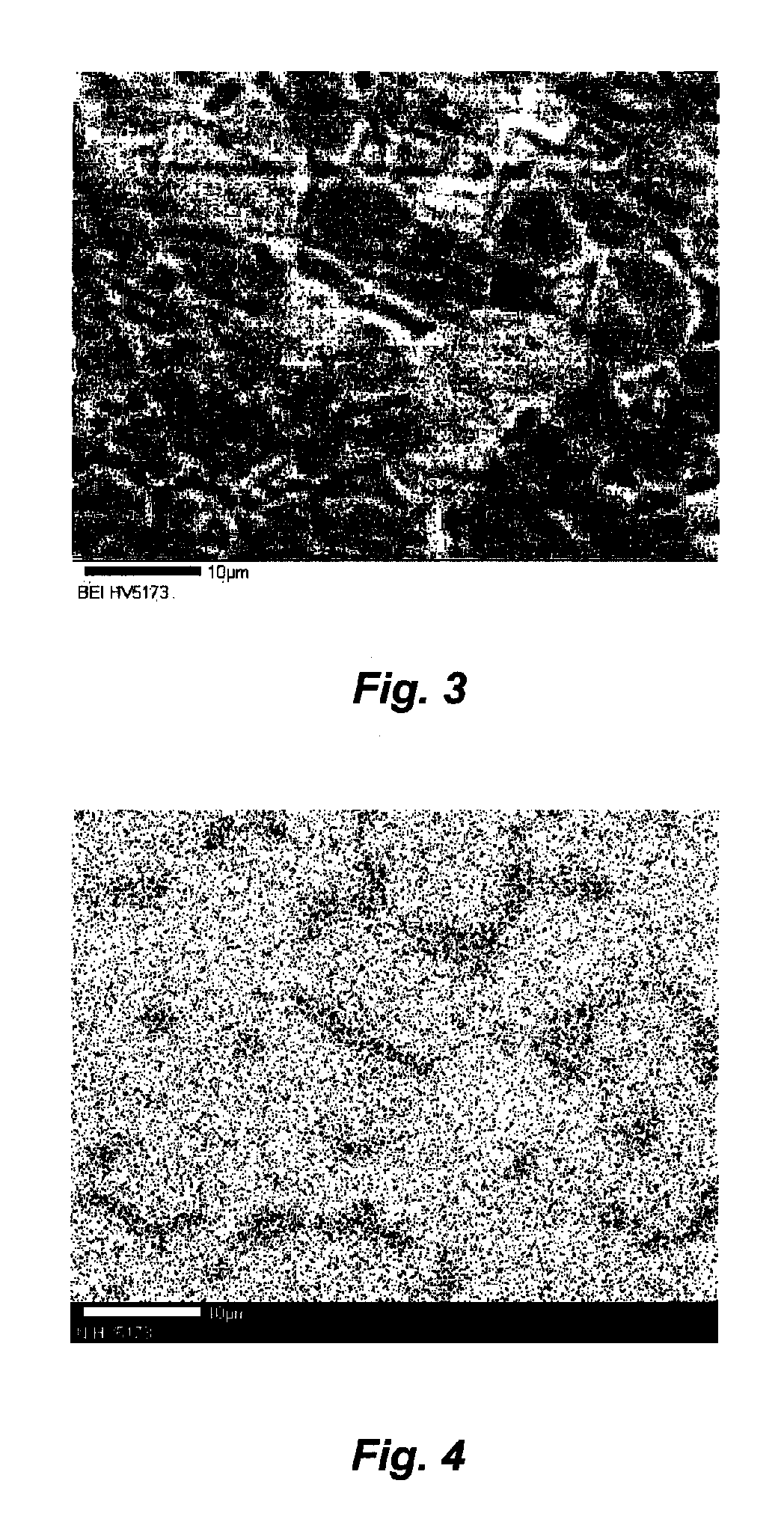Translucent PCA Ceramic, Ceramic Discharge Vessel, and Method of Making
a technology of ceramic discharge vessel and transparent pca ceramic, which is applied in the manufacture of electric discharge tubes/lamps, solid cathodes, electrode systems, etc., can solve the problems of difficult control of the atmosphere, and achieve the effect of facilitating nitrogen transport and readily getting carbon
- Summary
- Abstract
- Description
- Claims
- Application Information
AI Technical Summary
Benefits of technology
Problems solved by technology
Method used
Image
Examples
examples
[0018] A high purity (99.97% pure) Al2O3 powder is preferably used as the starting powder to form the polycrystalline alumina discharge vessel. Forming methods may include isopressing, extrusion, injection molding, gel casting and slip casting. For straight tubes, isopressing or extrusion is preferred. For more complex shapes, injection molding, gel casting or slip casting may be used. Preferred alumina powders are CR30F and CR6 manufactured by Baikowski. CR30F contains ˜80% alpha-Al2O3 and ˜20% gamma-Al2O3, while CR6 is 100% alpha-Al2O3. The crystallite sizes are about 0.05 micrometers with a mean specific surface area of 30 m2 / g for CR30F and 6 m2 / g for CR6. The reported average particle size is about 0.5 micrometers for both types. Sintering aides such as MgO, Y2O3 and ZrO2 are preferred. MgO is required to sinter the PCA to translucency. Preferably, the amount of MgO is from about 100 ppm to about 1000 ppm. The alumina powders may be doped with the sintering aids by mixing the a...
PUM
| Property | Measurement | Unit |
|---|---|---|
| Temperature | aaaaa | aaaaa |
| Temperature | aaaaa | aaaaa |
| Temperature | aaaaa | aaaaa |
Abstract
Description
Claims
Application Information
 Login to View More
Login to View More - R&D
- Intellectual Property
- Life Sciences
- Materials
- Tech Scout
- Unparalleled Data Quality
- Higher Quality Content
- 60% Fewer Hallucinations
Browse by: Latest US Patents, China's latest patents, Technical Efficacy Thesaurus, Application Domain, Technology Topic, Popular Technical Reports.
© 2025 PatSnap. All rights reserved.Legal|Privacy policy|Modern Slavery Act Transparency Statement|Sitemap|About US| Contact US: help@patsnap.com



